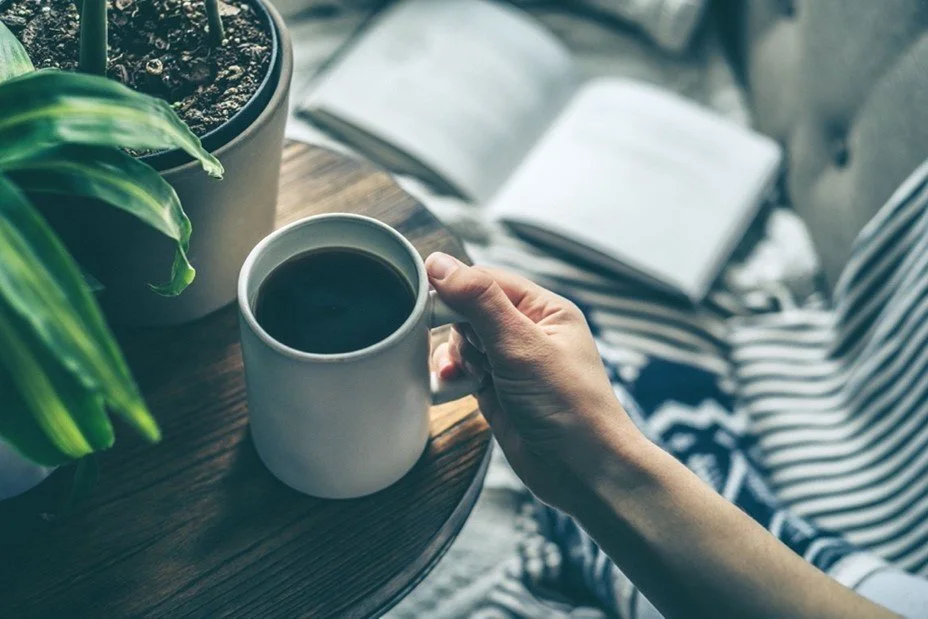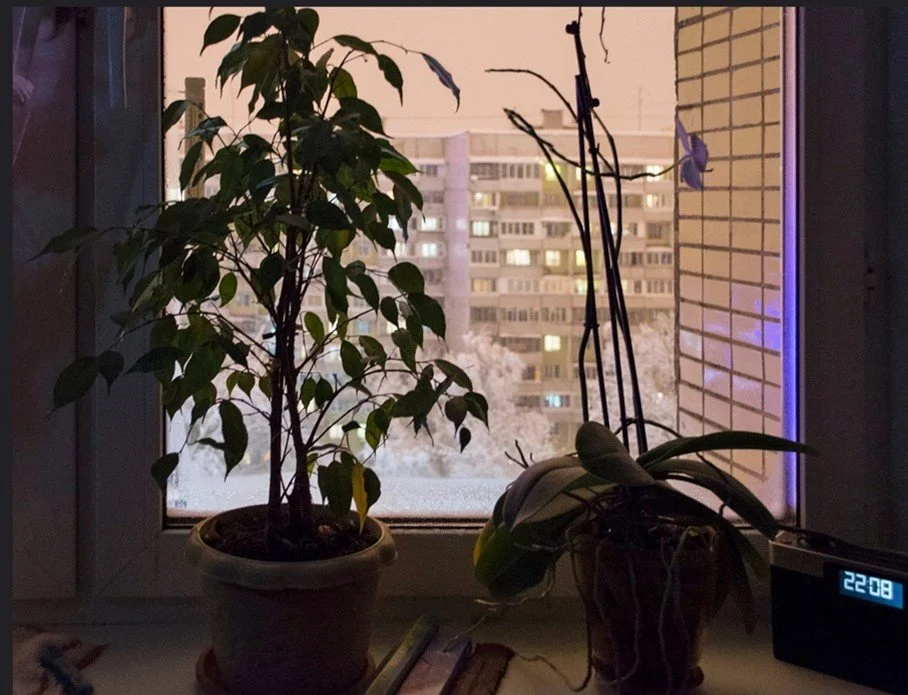How to Hygge
By Laura Day
Regarded as a defining characteristic of Danish culture, hygge describes a quality of cosiness and comfortable conviviality that engenders a feeling of contentment and well-being - and it’s taking the world by storm.
When Meik Wiking, founder of the Happiness Research Institute and author of The Little Book of Hygge began explaining the tenets of a hygge lifestyle on morning television a couple of months ago, I switched it off – I didn’t design mood boards, enjoy tomato soup or practice meditation, and I didn’t even own a mason jar.
The truth is, in sharing The New Yorker’s Anna Altman’s diagnosis of the philosophy as ‘an unabashedly bourgeois phenomenon’, I had misunderstood the term entirely – but can you blame me? A quick Google search for ‘hygge’ returns 32,600,000 results awash with artisanal cuisine and handcrafted sweaters, dimly backlit by a Himalayan salt lamp. However, through my research, I have come to realise that such accusations register frustration not with hygge per se, but the commercialisation of culture.
Ever heard the phrase money can’t buy happiness? Well, it can’t buy hygge either. It’s a feeling of warmth emanating from within when at ease; by its nature, it’s a matter of subjectivity. If a scented candle helps to inspire those feelings, that’s wonderful, but that doesn’t mean those without cannot reap the benefits of hygge. Brewing hot coffee, enjoying food with company, gazing out on a stormy night from the comfort of your sofa – yes, these are all considered hyggelig too.
And while many attack the concept as a call to willingly embrace isolation, it’s also a life raft for those drowning in its depths, a way to independently generate positive energy in times of involuntary solitude. Initially practiced as a way to endure fierce Scandinavian winters, hygge is now practiced around the world as a sort of coping mechanism against the blustering winds of unpredictability – is it really a coincidence that the term has come to dominance in an era of Brexit, Coronavirus and growing international tensions?
To successfully hygge, turn off Instagram and Pinterest. Stand still in the moments in which you feel most at peace. Still. Think.
Why this moment? Who is by my side? What am I doing, thinking, eating, feeling? Begin to incorporate these moments into your daily routine.
So, I’ve embraced hygge. And guess what? I didn’t even need a mason jar.
ST. ART Magazine does not own the rights to any images used in this article.



